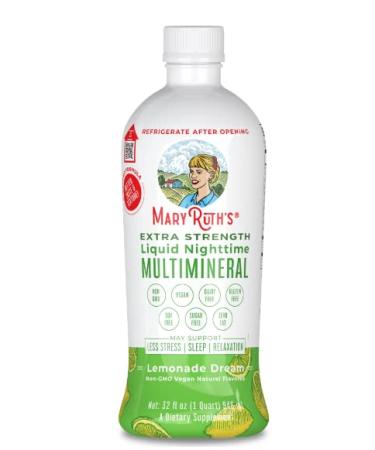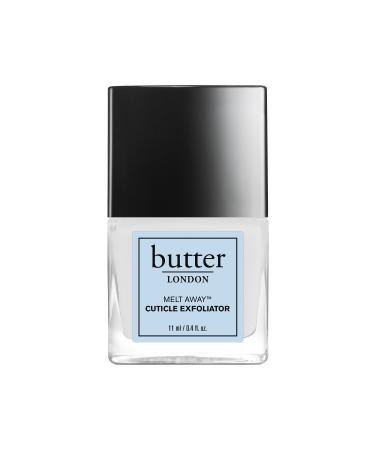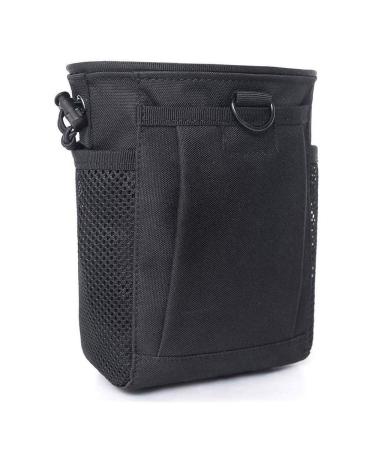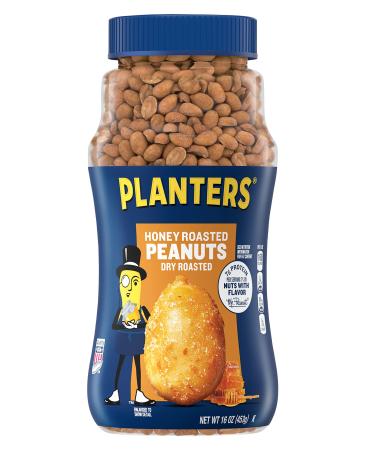Honduras is a Central American country bordered by El Salvador to the southwest, Nicaragua to the southeast, and Guatemala to the west.Its government is a democratic republic.It is also known as Spanish Honduras, unlike British Honduras, also known as Belize.Its capital is Tegisukalpa.It has a population of approximately ten million.Coffee production has a significant place in Honduras' history.Bananas and Honduran coffee are the country's most important exports.According to 2018 data, Honduran coffee production ranks first in Central America, third in Latin America, and fifth in the world.
According to 2015 data, the annual production of Honduran coffee exceeds 5 million bags.Honduran coffee, which is harvested between November and April, currently provides a livelihood for more than one hundred thousand families.¾ of farmers farm on less than 2 hectares.However, farming accounts for 0 of the country's total production.They dominate 4 of the global coffee market.The majority of Honduran farmers rely on their elders for experience and expertise.Incafe also provides training to farmers and assists them in establishing nurseries and greenhouses.In addition to technical training, it has also established early warning systems against pests.
Honduras has high rainfall.Drying Honduran coffee poses a challenge for many producers.The country's rainy climate makes coffees extremely prone to fermentation.This makes using drying verandas difficult.For this purpose, producers are turning to multi-channel dryers known as "domos" or solar dryers, as promoted by Incafe.
How are the best Honduran coffees grown?
Honduran coffee is produced in the mountains.It grows between 1,000 and 1,600 meters.Growing at high altitudes makes this coffee rich in minerals and nutrients, and rich in flavor.Honduran coffee, which has a very soft and bright appearance, takes on different flavors depending on the region where it is grown.Production areas are close to the country's center, but it is grown in the southern end along the mountain ranges overlooking the Pacific and Caribbean Seas, and westward towards the border of Guatemala and El Salvador.
Coffees grown between 1,000 and 1,500 meters in the Copan region have a chocolate flavor.
Coffees grown between 1,000 and 1,600 meters in the Opalca region have a balanced acidity and a more fruity texture.
Coffees grown between 1,200 and 1,600 meters in the Montecillos region have a scent reminiscent of orange and peach.
Coffees grown between 1,100 and 1,400 meters in the Agalta region have a chocolate-like flavor reminiscent of tropical fruits and caramel.
Coffees grown between 1,100 and 1,400 meters in the El Paraiso region have balanced acidity and a citrus aroma.
Coffees grown between 1,000 and 1,400 meters in the Comayagua region have a balanced, acidic flavor.













